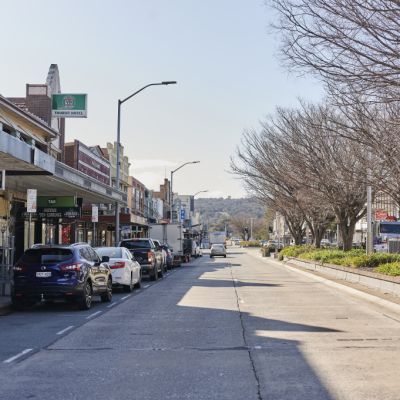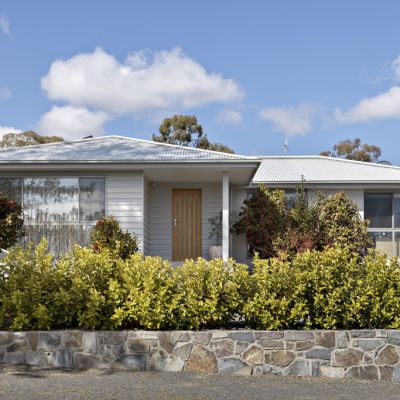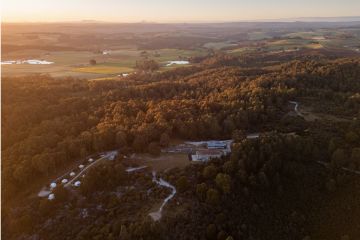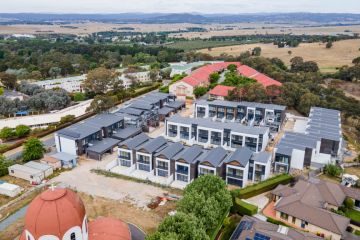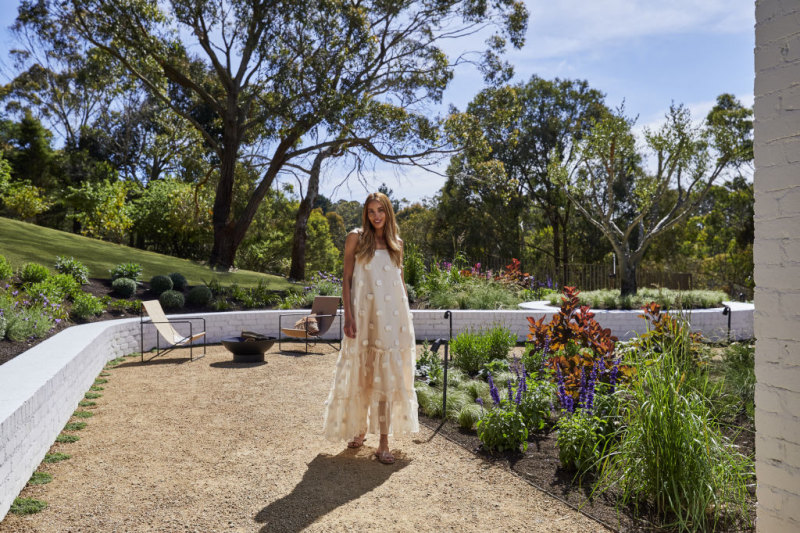'Economic uncertainty': The impact of interest rate hikes on Canberra's housing market
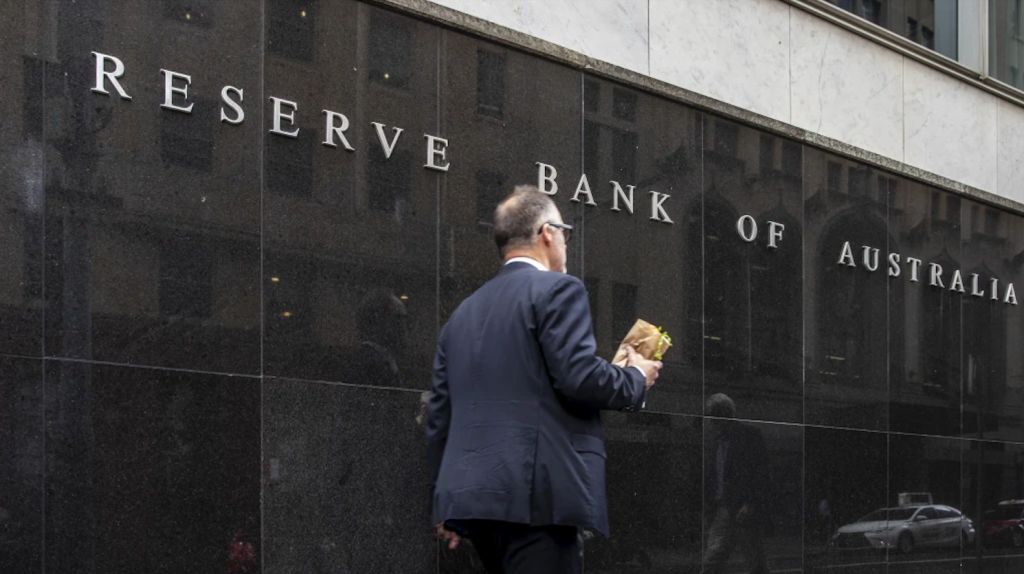
A further decline in Canberra property buyer numbers has been flagged by economists and agents after the interest rate was increased to 2.6 per cent on Tuesday – the first time rates have risen this fast since 1994.
The Reserve Bank of Australia has announced a further 25-basis-point increase in the cash rate, bringing it to its highest level since 2013.
We have now had six months of consistent interest rate hikes and, according to CoreLogic data, the rate has now passed the decade average from before the pandemic, which was 2.55 per cent.
AMP Capital chief economist Shane Oliver said the decline in buyer confidence was having as much of an impact on the housing market as limited borrowing capacity.
“Given all the talk about rising interest rates, it is likely some buyers would want to put their plans on hold,” he said.
“With higher interest rates has come a lot of negative commentary on top of cost-of-living pressures and, as a result, there has been a general increase in economic uncertainty.
“It’s a perfect storm. In the past, we have usually got one thing or another having big impacts, not everything all at once.”
Buyer demand from this time last year is down 11.4 per cent, according to CoreLogic figures.
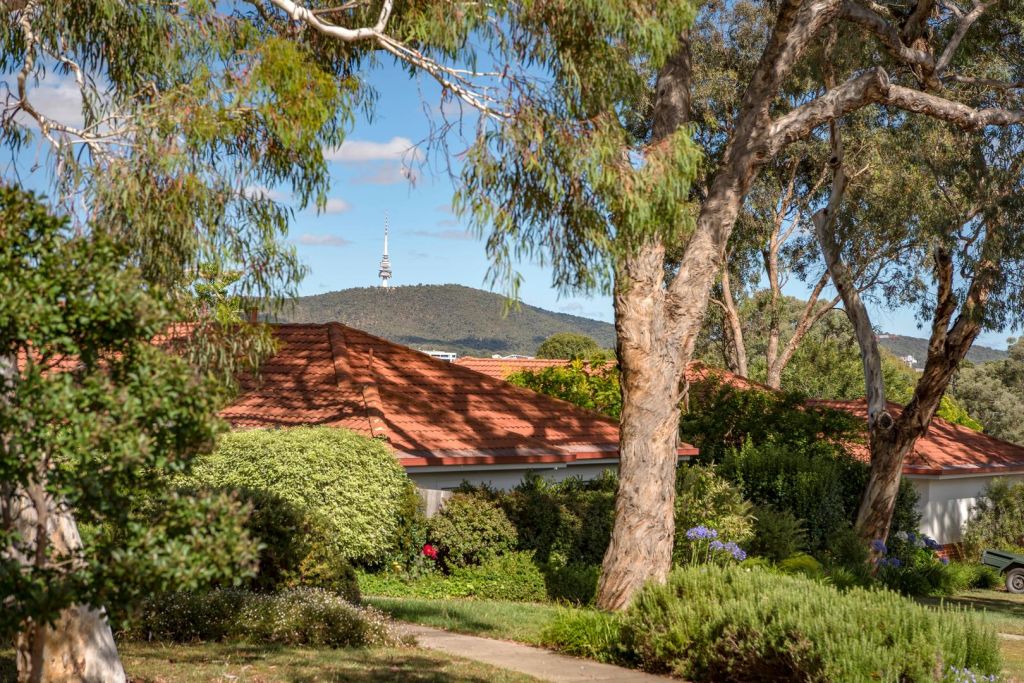
Andrew Thorpe of Solely Property said while there had been a noticeable impact on buyer numbers in the Canberra market coinciding with interest rate hikes, comparing the change to the “anomaly” of last year was difficult.
“[The effect on the market is] kind of stabilising what was a meteoric rise last year, and bringing it back to being a bit more normal,” he said.
“Last year was a great combination of low stock levels, low interest rates, government incentives, buyers in COVID lockdowns weren’t spending money on travel and eating out … so they had more money to spend, and their expendable income was higher.
“The market was uncharacteristic and unsustainable, especially for first-home buyers, spending nearly a million, or sometimes even more, on their first homes, but we are seeing it come back to a normal market now.”
Rising interest rates have provided buyers with additional opportunities within the market, and Thorpe said he had seen a shift in buyer behaviour as well as a change in numbers.
“We are noticing a downfall in buyer numbers at open homes, especially in comparison to the year we just had,” he said.
“But buyers have also started to play the game … they are very much bargaining now, whereas last year they knew they couldn’t do that or they’d run the risk of missing out.
“In saying that, the prices are still quite good, and there is still money out there … people are still buying lovely homes, so the market is not dead in the water just yet.”

As well as a dip in buyer numbers, the number of new listings across the capital cities has also decreased by 12.2 per cent when compared to the five-year average.
Oliver said the decline in listing numbers didn’t suggest “distress sales” were entering the market, despite proof that interest rate hikes were making things difficult for some homeowners.
“So far there hasn’t been any evidence of that sort of thing, though it could happen,” he said. “Instead we actually haven’t seen [the] normal pick-up in listings you would usually get through September.
“People could be selling up, but that effect is being offset by vendors, who would have otherwise sold, deciding they’ll hang on because prices are coming down.
“Media commentary has shown there are definitely people struggling with their mortgages – existing homeowners who got in a year or so ago who have found costs have gone up substantially from where they were – so that is certainly a risk going forward.”
We recommend
States
Capital Cities
Capital Cities - Rentals
Popular Areas
Allhomes
More
- © 2025, CoStar Group Inc.
